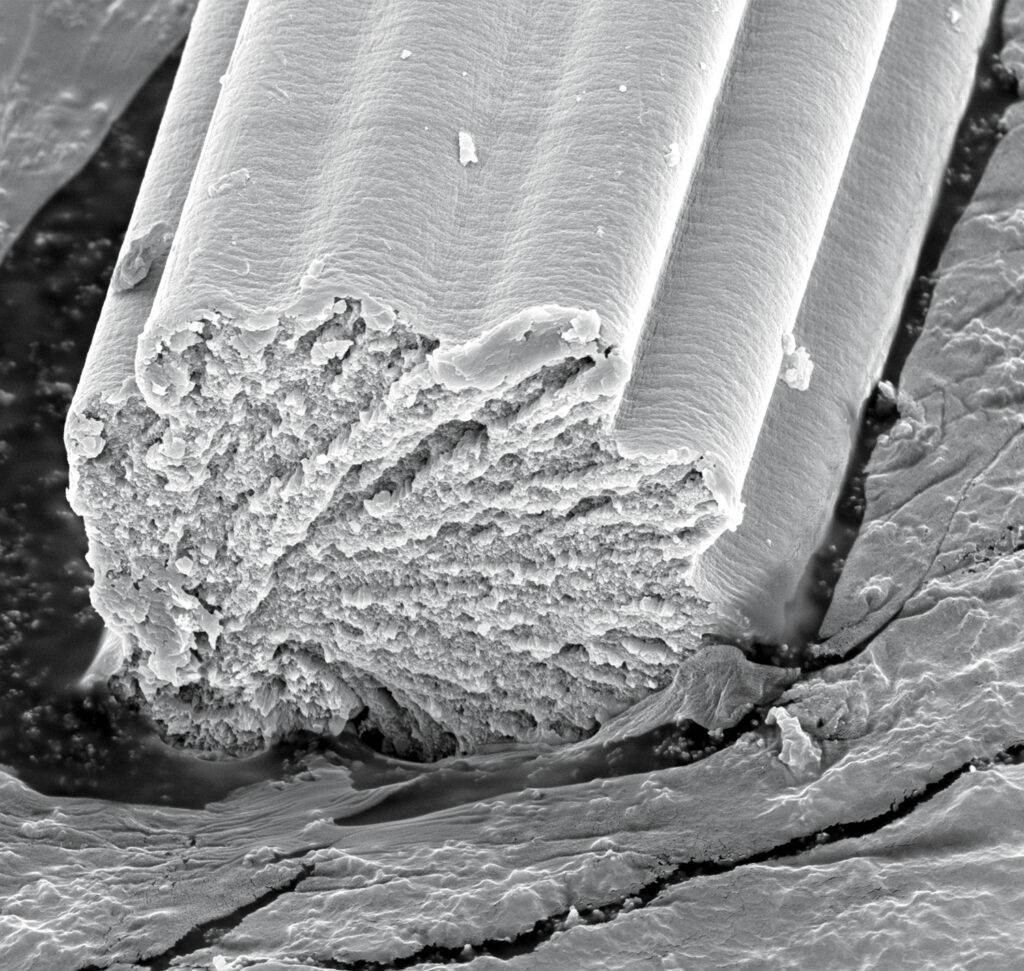
Its strength and flexibility in comparison to its weight have made bioengineering spider silk on a commercial scale a challenge for decades.
Fuzhong Zhang, professor of energy, environmental and chemical engineering in the McKelvey School of Engineering at Washington University in St. Louis, Mo., has made strides on the path of increasing yields of synthetic spider silk while maintaining its strength.
“We actually found [the answer] right here in work we’ve already been doing on mussel foot proteins.”
By placing mussel foot protein fragments at the ends of synthetic silk protein sequences, Zhang created a less repetitive, lightweight material that’s at least twice as strong as recombinant spider silk.
The yields on Zhang’s material increased eightfold compared to past studies, reaching 8 grams of fiber material from 1 liter [about a quart] of bacterial culture. This output constitutes enough fabric to test for use in real products.
“Because our synthetic silk is made from cheap feedstock … it presents a renewable and biodegradable replacement for petroleum-derived fiber materials,” Zhang says.
This recent work was published on the Nature Communications website in April 2023. Zhang’s past research was published in Biomacromolecules September 10, 2018.
 TEXTILES.ORG
TEXTILES.ORG


